ALREADY REGISTERED OR A PAID SUBSCRIBER? SIGN IN
ALREADY A PAID SUBSCRIBER? SIGN IN
ALREADY A PAID SUBSCRIBER? SIGN IN
ALREADY A PAID SUBSCRIBER? SIGN IN
ALREADY A PAID SUBSCRIBER? SIGN IN
This week I returned to the studio after a three-month sabbatical. A longer period than I have ever taken away from my work since I began my training back in the early eighties. I consider myself fortunate to have found a vocation early on, and my career has never actually felt like work, but I have worked hard and the change in cadence has been good. Twelve whole weeks without the structure of work and project demands. Time set aside to look and replenish energies that for years have been mostly going out, with not enough time to recharge. In those weeks I made space to see new worlds and, with the change of perspective, gave myself the opportunity to re-evaluate.
Ruminating about my personal time and how I want to use it, I feel I may be coming full circle. As a teenager, I would deliberately miss the school bus so that I could spend the day immersed in the garden. While on sabbatical, I still couldn’t help but feel that my desire to simply be out there, head down and hands dirty, was illicit. It felt like stolen time, but with room to ponder the limits of available time, it was time that I know I have earned and indeed has value. Time worked for in the building and nurturing of this place and in the process of learning from it as we move forwards. To garden is a process that builds one year on the next and this is what I return to again and again and feel sure of.
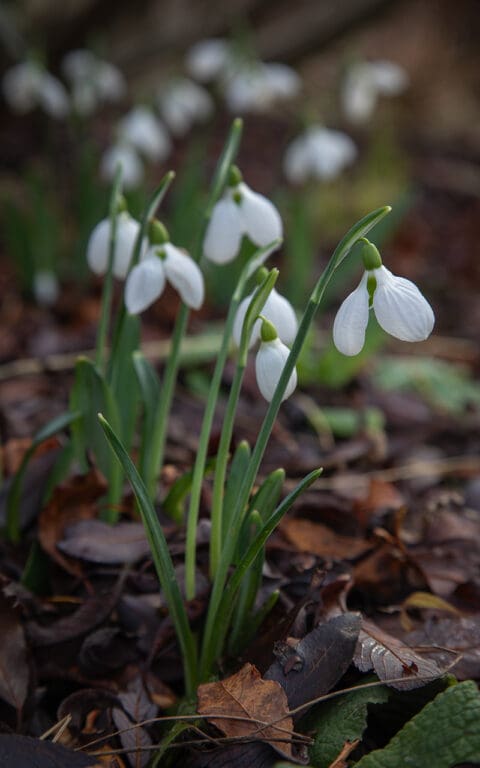
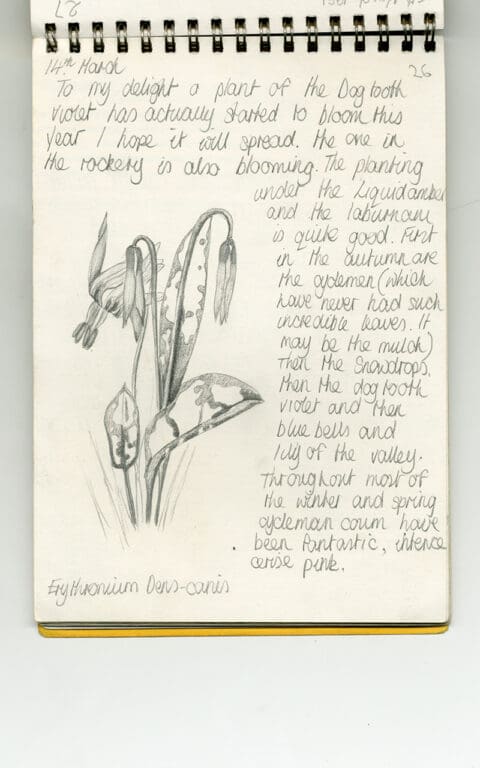
I also started to write as a teenager, finding a place in the world between the doing – the gardening – and the thinking, that sits inextricably alongside it. I have been lucky that this has been part of my working week since I started to write regularly for publications in the early nineties. First for The Sunday Times, then The Telegraph and then, for a glorious decade, The Observer. In the weekly ritual of writing I have valued the process of pinning an idea down that might have been mulled over for a year or more or even just the period of time it takes to prune the framework of an espalier or prick out a tray of seedlings. A thought given form or voice and then, perhaps, an action that might simply have passed through had it not been captured in the writing. A small or seemingly unimportant chore given meaning. The reciprocity of the act of gardening and the complement of writing. One nurturing the other.
Dig Delve has been the latest iteration of the day I set aside each week to write. Since starting Dig Delve in 2016, Huw and I have had the joy of working together to compile each week’s article in images and words that come together in the here and now of what we are observing at close quarters. Almost without exception the articles are written the day before they are published, with Huw taking photographs to illustrate them during the preceding week, quite often on the same day as I am writing. Fresh from the pen and in pace with what is happening with the light, the weather and whatever other influence might make the week particular. We are learning as we go and the more we see, the more we evolve in the tending of this place. The life lessons that come on a daily basis and contribute something to a bigger picture that we hope is worth sharing.
Dan
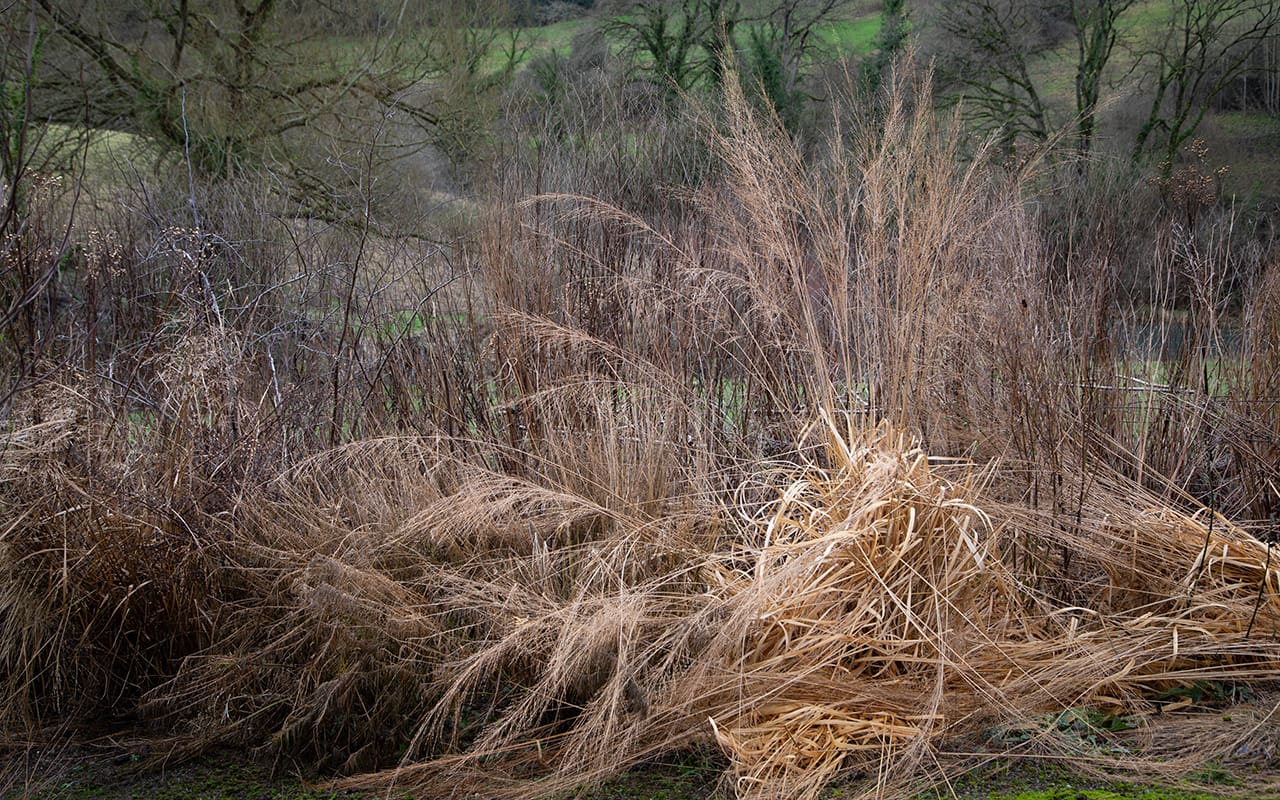
Dan’s last article for The Observer was published in September 2015, the week before we went on holiday and it was while we were away that the idea for Dig Delve started to form.
Dan had written an article for publication almost every week since 1994, when he first started writing for The Sunday Times. The prospect of suddenly having no platform or readership to write for was a strange one for him and so we talked about setting up a blog, which would allow him to continue to write on a regular basis. We tossed the idea back and forth between ourselves for a few days before forming an impromptu committee with some of the friends we were holidaying with to get their feedback; one with a background in documentary film-making, another in film and TV production and another with a career in design, marketing and public relations. Talking it through with them it immediately became clear that, as a couple, we were in a position to offer much more than a simple written blog. Rather, we could craft something more meaningful, which combined both of our skills and interests, and which focussed primarily on the garden we were in the process of making at Hillside, yet with the freedom to a look at other people and areas of interest.
We knew that we wanted the content to be current and immediate and personal to us, and our friends helped us identify an initial list of potential topics;
In the Garden this week
This Week’s Garden Jobs
Plant of the month
Posy of the week
Fruit/Vegetable of the month
Recipe of the month
As the idea started to develop, we added in features on specific gardens designed by Dan, travel pieces related to gardens and plants, as well as interviews with artists, makers and writers with nature, gardens, plants or flowers as their subject matter. I was also keen to invite florists and cooks to come here and work with the produce from the garden. By January 2016 we had a clear brief and content list with which to start work.
I looked into running the blog via platforms like Blogger and WordPress, but was unhappy with the design limitations their templates appeared to offer. So I spoke to our friends Tony Brook and Patricia Finegan at SPIN, who had designed the branding and website for Dan Pearson Studio. They explained that it was completely possible to produce a bespoke design via WordPress and that they would be excited to work on it with us. We commissioned them immediately and, in two months, they had produced a site which was clean, easy to navigate and which gave prominence to the text and photography.
The name took some time to come to me. Dan and I batted various ideas around, but none of them felt right. Titles for garden- media invariably contain words relating to the subject such as ‘ground’, ‘earth’, ‘land’, ‘soil’, ‘garden’, ‘plant’, ‘seed’. I had been pushing the word ‘dig’ around, but nothing settled. It was while racking my brains walking the dog around our local park one evening that, the old nursery rhyme suddenly came to me; ‘One, Two, buckle my shoe, Three, Four, knock on the door, Five, Six, pick up sticks…’. The penny dropped and Dig & Delve was christened. However, when they started to design a logo for us SPIN felt that the ‘&’ got in the way of a clear branding and so we dropped it for what felt like stronger statement of intent. The other satisfying result of the name choice was when Tony revealed our logo and brand marque which he had based on the shape of an old-fashioned spade.
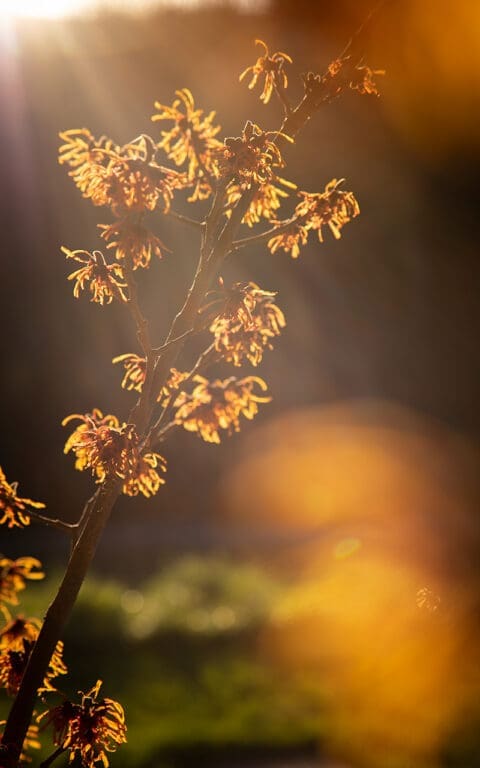
After a month or so of testing and fine-tuning the site we published our first article on 31st March 2016 and over the last nine years we have averaged around 46 articles a year. We have readers all over the world with around 50% in the UK, 25% in the USA and Canada, and the remainder from other European territories as well and Australia and New Zealand. It gives us a huge amount of pleasure and makes the time and effort we put into producing it feel really worthwhile when we hear from readers. Sometimes it is a just a simple thank you, others a deeper communication of shared experiences or observations about growing and gardening in climates, conditions or time zones wildly different from Somerset. All are connected by the joy of communicating our shared love of plants, gardening, food, cooking, eating, looking at and reading about the natural world.
Until now we have put Dig Delve out into the world at no charge, with the design business shouldering the costs of development, maintenance and the day a week each we take to write, photograph, edit and populate it. It has been a luxury to be able to be so generous, however, the time has come for Dig Delve to stand on its own two feet financially.
From 1st February you will need a subscription to access all content on the site. We are offering annual and quarterly subscriptions with a week’s trial period on each, as well as the option of free registration, which allows you access to one article a month for nothing. All subscriptions have a 7 day free trial period, before you are charged. It is also possible to gift a subscription.
We are also offering heavily discounted subscriptions to professional gardeners, horticultural tradespeople and students. This will require you to write to me at [email protected] with proof of your occupation, as these subscriptions will need to be processed manually.
As well as covering our existing costs, subscriptions will allow us to develop new content, pay other contributors for commissioned pieces, develop a range of stationery featuring my photography and the possibility of an annual compendium print version of Dig Delve at some point in the future.
Dig Delve gives us both the freedom to write what we want without the demand for the ‘top tips’ and reader ‘takeaways’ that dumb down so much garden writing in print. From the many emails we have received over the years we know how many of you appreciate what Dig Delve provides and we hope very much that you will feel that it continues to have a value that will enrich your gardens and your lives.
Huw
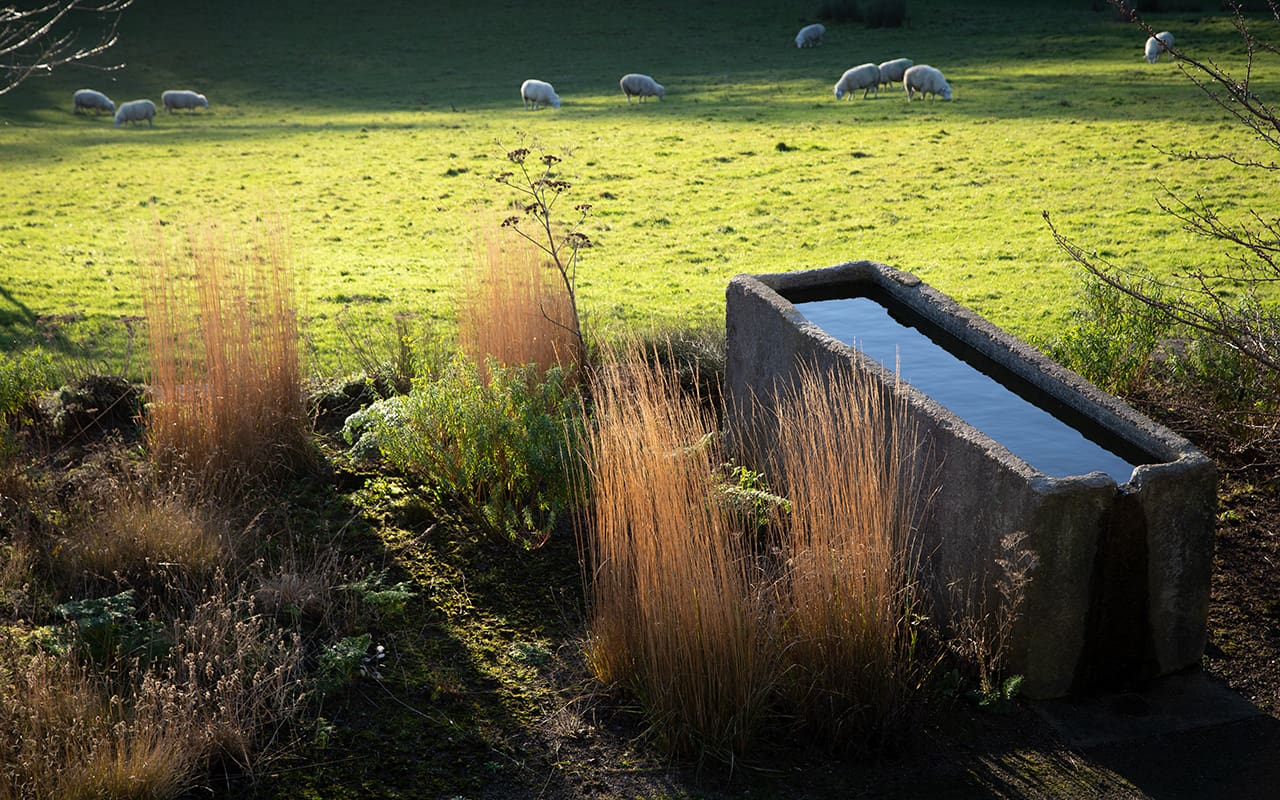
Enter the coupon code ELEVENTWELVE at checkout to get a 20% discount until the end of February.
Words: Dan Pearson & Huw Morgan | Photographs: Huw Morgan
Published 11 January 2025
We wish you all a very happy Christmas and solstice and a peaceful new year.
Flowers & photograph: Huw Morgan
Published 21 December 2024
ALREADY A PAID SUBSCRIBER? SIGN IN
ALREADY A PAID SUBSCRIBER? SIGN IN
ALREADY A PAID SUBSCRIBER? SIGN IN